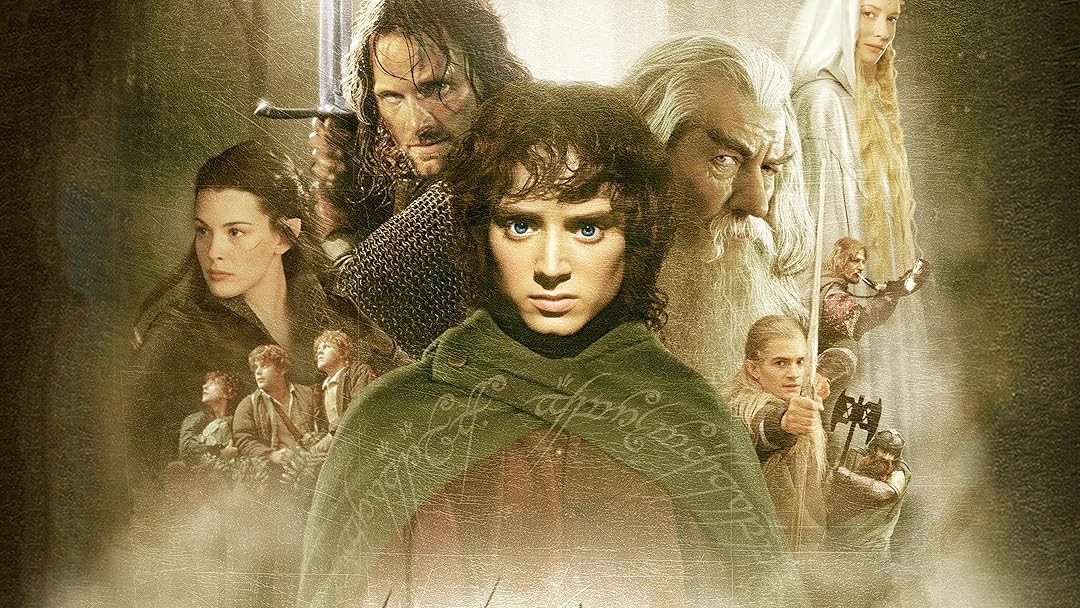The Influence of The Lord of the Rings on Modern Pop Culture
J.R.R. Tolkien’s The Lord of the Rings isn’t just a cornerstone of fantasy literature; it has also left an indelible mark on modern pop culture. Whether through its vast world-building, memorable characters, or its exploration of timeless themes, The Lord of the Rings (LOTR) has influenced everything from movies and TV shows to video games, music, and fashion. But how exactly has this epic saga shaped the cultural landscape we know today? Let’s dive into the lasting legacy of The Lord of the Rings and explore its profound impact.
1. The Rise of Epic Fantasy in Mainstream Media
Before Tolkien, fantasy was largely considered niche, with a handful of authors and obscure works leading the genre. But The Lord of the Rings radically changed that. Tolkien’s richly imagined world of Middle-earth set the bar for what epic fantasy could be, and inspired generations of writers, filmmakers, and game developers.
Think about Game of Thrones or The Wheel of Time — both heavily influenced by The Lord of the Rings. The detailed world-building, complex political systems, and morally gray characters in these series owe a debt to Tolkien’s original vision. Without LOTR’s success, it’s hard to imagine a world where epic fantasy has become as mainstream as it is today.
2. Pop Culture References and Parodies
LOTR has been the subject of countless references, parodies, and homages across popular media. From comedy shows like The Simpsons to South Park, the franchise has been endlessly satirized. Films such as Shrek and The Hobbit (Peter Jackson’s prequel) have openly borrowed from Tolkien’s original works, whether through direct references or in their handling of fantasy tropes.
In The Simpsons, for example, we’ve seen episodes where Homer, Marge, and the kids are transformed into Middle-earth versions of themselves — a clear nod to the immense popularity and cultural significance of The Lord of the Rings. In fact, the visual aesthetics of Middle-earth — including lush landscapes, towering castles, and iconic characters like hobbits and wizards — have become shorthand for “epic fantasy” in mainstream media.
3. The Modern Fantasy Film Boom
Peter Jackson’s film adaptation of The Lord of the Rings trilogy, beginning with The Fellowship of the Ring in 2001, brought Tolkien’s work to an even wider audience. The success of these films wasn’t just about box office numbers; they revolutionized modern cinema in ways that are still felt today.
The LOTR films showed the world that fantasy could be both a commercial and critical success. The meticulous attention to detail in set design, costume, and visual effects became the blueprint for many subsequent blockbuster fantasy films, such as the Harry Potter series, Chronicles of Narnia, and even Avatar. Jackson’s groundbreaking use of CGI, motion capture (for characters like Gollum), and practical effects paved the way for the incredible visual spectacle we now associate with modern fantasy filmmaking.
4. The Impact on Video Games
The success of The Lord of the Rings also bled into the world of video games. From The Lord of the Rings Online (released in 2007) to various action-packed adaptations like Middle-Earth: Shadow of Mordor, Tolkien’s universe has been the setting for numerous highly successful video games. These games not only recreate the world of Middle-earth, but also bring its epic battles, quests, and iconic characters to life in ways that were unimaginable just a few decades ago.
The influence of Tolkien’s epic vision can be seen in many open-world role-playing games (RPGs), where the vast, immersive landscapes of Middle-earth are mimicked in the landscapes of games like Skyrim, The Witcher 3, and Elder Scrolls. These games often rely on deep lore, extensive quests, and a strong focus on exploration — all elements that Tolkien popularized in modern fantasy storytelling.
5. Character Archetypes in Modern Media
Tolkien’s characters are some of the most iconic in literary history. Frodo, Aragorn, Gandalf, and Gollum have all become cultural touchstones — not just in the context of fantasy literature, but in all of pop culture. And these characters’ archetypes have made their way into numerous other franchises.
For example, Aragorn’s reluctant hero persona has influenced characters in everything from Star Wars to Harry Potter. Gandalf, the wise mentor, has inspired similar characters like Dumbledore or even Yoda. And Gollum’s tragic descent into madness and obsession with “the precious” is echoed in everything from villains in superhero films to more complex, morally ambiguous characters in today’s TV shows.
These archetypes are now so ingrained in our culture that they’re almost a given in any fantasy narrative — and they all trace their roots back to Tolkien’s masterwork.
6. Fashion and Pop Culture
Tolkien’s influence even extends into fashion. The rise of “Middle-earth-inspired” clothing, such as cloaks, boots, and intricate jewelry, has become more and more common, especially in the cosplay community. Character outfits, like Aragorn’s rugged look or Legolas’s elven tunic, have inspired real-world fashion choices, with designers occasionally drawing inspiration from the films and books.
Additionally, Tolkien’s imagery, such as the symbol of the One Ring, has become iconic in popular culture. The image of the Ring itself has appeared on everything from T-shirts to tattoos, and remains a symbol of obsession and the corrupting nature of power.
7. Music and Soundtracks
The impact of The Lord of the Rings can also be heard in modern film scores and music. Howard Shore’s unforgettable score for the film series — with its sweeping orchestral arrangements and haunting melodies — has become one of the most recognizable film soundtracks of all time.
Shore’s music has had a profound influence on how we think about film music in fantasy settings. The way his themes build tension, elevate action scenes, and convey deep emotional undertones has influenced composers for years. You can hear echoes of his work in film franchises such as Harry Potter, Pirates of the Caribbean, and even in certain video game scores.
Conclusion
In the world of pop culture, few works have left as lasting an imprint as The Lord of the Rings. From the modern fantasy films we watch, to the video games we play, to the character archetypes that shape our stories, Tolkien’s legacy is everywhere. The Lord of the Rings has not only helped shape the fantasy genre, but it has woven itself into the very fabric of modern pop culture, leaving a trail that will continue to inspire for generations to come. Whether you’re a die-hard fan or a casual observer, the influence of Middle-earth is undeniable.

